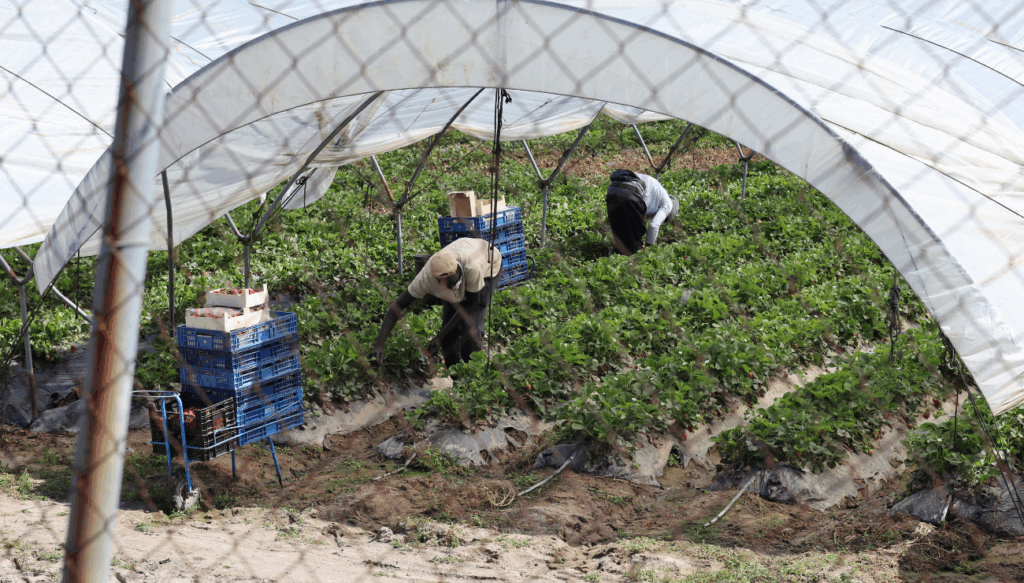The Environmental Protection Agency is currently conducting the largest lifecycle analysis of hydraulic fracturing (fracking) and unconventional gas drilling to date in the U.S. Both advocates and critics of the process are anxiously awaiting the study’s results, which will have an enormous impact on the way lawmakers address the growing concerns over human and environmental health risks associated with the unconventional gas drilling boom.
The EPA last week released the names of seven case study sites for the congressionally mandated study. The overall scope of the investigation is intended to assess the potential impacts of unconventional gas drilling on drinking water supplies.
Rapid advancements in the field of gas drilling, most notably fracking and horizontal drilling, opened up vast reserves of unconventional gas underlying much of the U.S. that over a decade ago were deemed unrecoverable. The emerging gas ‘revolution’ has been fraught with controversy, however, since landowners began complaining about water contamination in areas surrounded by drilling rigs.
The gas industry has strictly maintained that no proven instances of water contamination have ever been definitively linked to fracking. They used a 2004 EPA study to bolster their claims. Since then the study has been called into question by scientists, independent experts, and even an EPA whistleblower, all of whom claim that the study’s findings were unsupportable and compromised by industry influence.
The mounting list of incidents related to all aspects of unconventional gas drilling, from fracking to well blowouts to toxic wastewater disposal, led the EPA to decide to reinvestigate the process in 2010.
In its new study, EPA has chosen five case study sites for retrospective studies, where instances of water contamination have already been reported. These include Kildeer and Dunn Counties, ND, Wise and Denton Counties, TX, Bradford and Susquehanna Counties, PA, Washington County, PA and Los Animas County, CO.
Two other sites, DeSoto Parish, LA and Washington County, PA, were chosen as prospective case studies, where the EPA will monitor future hydraulic fracturing operations in real time.
“This is an important part of a process that will use the best science to help us better understand the potential impacts of hydraulic fracturing on drinking water,” said Paul Anastas, Assistant Administrator of the EPA’s Office of Research and Development, in a statement. “We’ve met with community members, state experts and industry and environmental leaders to choose these case studies. This is about using the best possible science to do what the American people expect the EPA to do – ensure that the health of their communities and families are protected.”
The scope of the study is encouraging for some citizen and environmental groups, who have had little to no baseline data to challenge industry claims that water contamination from methane, a primary component of gas, is naturally occurring. Companies are not currently required to test water quality prior to or during drilling.
But the study failed to include two Wyoming areas where the EPA has already collected some of its most comprehensive case study information related to unconventional gas drilling, according to ProPublica. The EPA has continuously tested contaminated water in Sublette County since 2008 when the agency discovered 88 water wells contaminated with benzene. And in 2009, the EPA found Pavillion residential water wells contaminated with metals, methane, hydrocarbons and compounds related to fracking chemicals.
The chemicals used in fracking are protected as trade secrets. Although a Congressional investigation found these chemicals hazardous and cancer-causing, no federal legislation requires their public disclosure.
These alternate study sites in Wyoming could inform the EPA’s wider study, but ProPublica reports they will not be central in the larger investigation into the safety of hydraulic fracturing and the risk it poses to drinking water supplies.
The findings of the study will be of enormous importance to jurisdictions like New York, which just prolonged its drilling moratorium until the EPA releases its preliminary results in 2012. Whether the EPA will undo the egregious errors of their previously flawed study remains to be seen.
Subscribe to our newsletter
Stay up to date with DeSmog news and alerts







